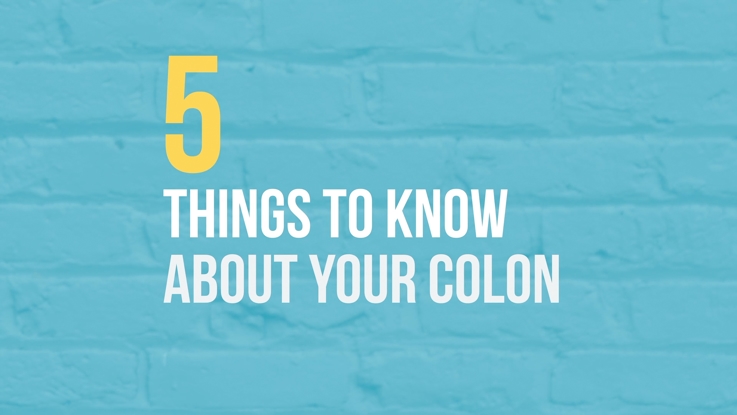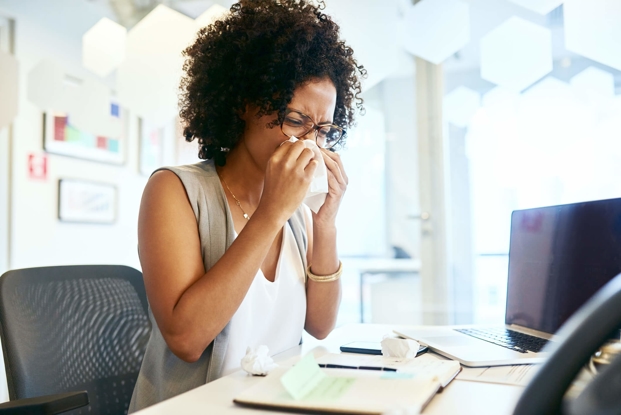Heat Related Illnesses
- Category: News
- Posted On:

Summer is here, along with the heat and humidity. It’s important to remember that too much time or activity outdoors on these hot summer days can lead to heat illnesses, especially for older adults. Touro Family Medicine Physician, Dr. Meredith Maxwell, is here to explain what heat-related illness you need to look out for this summer
What are the different types of heat-related illnesses?
There are three different types of heat-related illnesses that vary in severity.
Heat Stress:
Core body temperature stays at 98.6°F. It isn't dangerous unless the symptoms aren't treated.
Signs and symptoms include:
- Sweating a lot
- Having painful spasms in your muscles during activity or hours afterward (heat cramps)
- Developing tiny red bumps on skin and a prickling sensation (prickly heat)
- Feeling irritable or weak
Treatment: Rest in a cool, shady area. Drink water or a sport drink.
Heat exhaustion:
Core body temperature may rise up to 101°F. It should be treated right away.
Signs and symptoms include:
- Sweating a lot
- Cold, moist, pale, or flushed skin
- Feeling very weak or tired
- Headache, nausea, loss of appetite
- Feeling dizzy or giddy
- Rapid or weak pulse
- Fainting or near collapse
- Persistent muscle cramps
Treatment: Rest in a cool, shady area. Lie down with feet above the level of your heart. Remove excess gear and clothing. Drink water or a sport drink. Use cool compresses on the forehead, around the neck, and under armpits. Blow air onto your skin with fans.
In some cases, a medical professional must administer fluids. Go to the emergency department if symptoms don't resolve rapidly. Athletes should recover in about 20 minutes from this type of heat injury.
What are the symptoms of the most severe heat illness- heat stroke?
Heat stroke:
This is a serious, life-threatening medical emergency. Core body temperature can rise to 105°F or more. If not treated right away, heat stroke can lead to permanent brain damage and even death. Signs and symptoms include:
- Collapse during activity
- Altered mental state, irrational behavior or not acting like oneself
- Decreased blood pressure
- Hot, dry skin that looks red, mottled, or bluish (no sweating)
- Deep, fast breathing
- Headache or nausea or vomiting
- Rapid, weak, or irregular pulse
- Feeling dizzy, confused, or delirious
- Fainting
- Convulsions
Treatment: Someone should call for emergency help right away. Rapid cooling is extremely important. All efforts should be made to start cooling the person down immediately before help arrives.
While waiting for emergency help, the affected person should: Rest in a cool, shady area. Have clothing soaked with cool water. Or, remove outer clothing and be wrapped with a sheet soaked in cool water. Place the person in water in a tub or children's swimming pool if available. Use ice packs and ice water if feasible. Be blown with fans.
Drink water or a sport drink. Do not try to give a drink to someone who is unconscious, seizing, or delirious.
What can people do to prevent heat illnesses?
Rethink your habits during the summertime.
- Wear loose clothing made of lightweight materials in light colors.
- Opt for smaller, more frequent meals that don’t require using your stove or oven.
- Drink plenty of water and avoid alcohol and drinks with caffeine or a lot of sugar.
- If you take water pills or must limit your fluids, ask your healthcare provider how much you should drink during hot weather.
Schedule outdoor activities for the morning or evening and pick a spot that provides shade. If temperatures climb too high, do something indoors.
If you or someone you know needs a primary care provider, you can visit touro.com/findadoc or call 504-897-7777


